Krause Chronicles: SSA’s Non-Acquiescence Policy
February 26, 2025
Tom Krause, NOSSCR Litigation Director
In the early 1980s, the Social Security Administration’s policy of non-acquiescence – its systematic practice of refusing to follow adverse circuit court decisions beyond the immediate litigating parties – precipitated an unprecedented administrative law crisis. The policy drew intense judicial condemnation and sparked extraordinary resistance from within the Department of Justice.[1]
A pivotal moment of institutional resistance emerged when Rudolph W. (Rudy) Giuliani, then-U.S. Attorney for the Southern District of New York, refused to defend certain Social Security appeals that contravened Second Circuit precedent. In a series of internal memoranda to the Department of Justice, Giuliani emphasized that his office’s obligation to uphold constitutional principles superseded its duty of agency advocacy.[2] This unprecedented refusal by a United States Attorney to advance his client agency’s litigation position highlighted the gravity of SSA’s constitutional overreach.[3]
The federal judiciary’s response was equally extraordinary. In the Stieberger case,[4] the court confronted what it termed “defiance of judicial authority by a federal agency on a systematic scale,” threatening contempt sanctions against the Secretary. This judicial resistance intensified in Hillhouse v. Harris, where the court issued explicit warnings of personal contempt sanctions against agency officials, marking an unprecedented escalation in the judiciary’s response to continued non-acquiescence.[5]
The Eighth Circuit later amplified these warnings in the Hutchison case,[6] explicitly rejecting SSA’s argument that it could disregard circuit precedent and warning of personal sanctions against the Commissioner. By 1997, in Rogers,[7] the circuit characterized SSA’s continued non-acquiescence as “perilously close” to contempt.
Faced with this unified judicial opposition and internal resistance from its own counsel, SSA ultimately reformed its practices. The agency established a formal system of Acquiescence Rulings (ARs), implementing circuit-specific compliance procedures and enhanced oversight mechanisms. See 20 C.F.R. § 404.985. The agency now issues Acquiescence Rulings (ARs) in response to certain court decisions. These rulings instruct SSA components on how to apply a court’s decision within the relevant circuit, thereby acknowledging the court’s interpretation while maintaining the agency’s broader policy objectives. SSA retains discretion over which decisions to apply more broadly.
Practice Tip: Best practice generally is not to cite court cases to an ALJ or the Appeal Council. If there is a particularly helpful circuit court case without an Acquiescence Ruling, assert it is consistent with SSA policy. The regulations state SSA will release an Acquiescence Ruling with 120 days of the court’s decision.[8] If there is no Acquiescence Ruling, the decision must be consistent with SSA policy.
[1] See Stieberger v. Bowen, 801 F.2d 29, 33 (2d Cir. 1986) (characterizing the policy as raising “exceptional circumstances” in federal litigation).
[2] The Stiebergerdecision references a June 25, 1984, letter from the United States Attorney for the Southern District of New York to Chief Judge Motley stating:
It is our view that this policy, whatever it does permit, surely does not allow the United States Attorney’s Office, HHS, or any other federal agency to refuse to follow clear rules of law decided by the United States Court of Appeals … [T]here has never been any support to my knowledge for the notion that federal agencies within a particular Circuit could disagree with and refuse to follow clear rulings of that Circuit. We have not defended cases in the past by disregarding the law of this Circuit and will not do so in the future.).
Stieberger v. Heckler, 615 F. Supp. 1315, 1354 (S.D.N.Y. 1985), vacated sub nom. Stieberger v. Bowen, 801 F.2d 29 (2d Cir. 1986). Rudy Giuliani was the U.S. Attorney for the Southern District of New York from June 3, 1983 – January 1, 1989. Wikipedia, Rudy Giuliani (last accessed February 7, 2025).
[3] See City of New York v. Heckler, 578 F. Supp. 1109, 1119 (E.D.N.Y.), aff’d, 742 F.2d 729 (2d Cir. 1984) (noting the “exceptional circumstances” of U.S. Attorney’s position).
[4] Stieberger v. Heckler, 615 F. Supp. 1315, 1343 (S.D.N.Y. 1985), vacated sub nom. Stieberger v. Bowen, 801 F.2d 29 (2d Cir. 1986).
[5] Hillhouse v. Harris, 715 F.2d 428, 430 (8th Cir. 1983). In a concurring opinion, Judge Theodore McMillian wrote:
While I concur wholly in everything said in the majority opinion, I think more is needed to be expressed. I have no wish to invite a confrontation with the Secretary. Yet, if the Secretary persists in pursuing her nonacquiescence in this circuit’s decisions, I will seek to bring contempt proceedings against the Secretary both in her official and individual capacities.
Hillhouse, 715 F.2d at 430 (McMillian, J., conc).
[6] Hutchison for Hutchison v. Chater, 99 F.3d 286, 287–88 (8th Cir. 1996).
[7] Rogers v. Chater, 118 F.3d 600, 602 (8th Cir. 1997).
[8] 20 C.F.R. § 404.985(b)(1).



